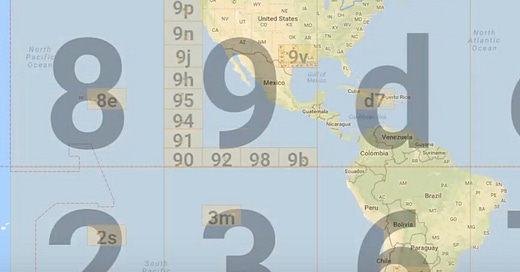
Design Yelp | Proximity Service | QuadTree | GeoHash
How to design a Yelp using multiple implementations of Proximity Service
Designing a proximity server with a Quadtree Or GeoHash data structures can efficiently handle proximity queries and represent a world map as a data structure. Here's a system design for a proximity server using Quadtree:
Data Storage: We store the location data of objects/entities that need to be tracked or queried for proximity. We use a sharded database store the coordinates and metadata of objects/entities.
Quadtree Generation: First, we generate a Quadtree structure based on the spatial extent of the objects/entities. Then we break down the area of interest into smaller quadrants recursively, forming a hierarchical tree structure. Each node in the Quadtree represents a quadrant and contains objects/entities falling within that quadrant.
Quadtree Construction and Indexing: We construct the Quadtree by inserting objects/entities into the appropriate quadrants based on their coordinates. Assign a maximum capacity to each quadrant to control the depth and size of the tree. And implement indexing mechanisms to efficiently retrieve objects/entities within a given quadrant.
Proximity Queries: When we receive a proximity query, we traverse the Quadtree to identify the specific quadrants relevant to the query. We calculate the distance between the query location and the boundaries of each relevant quadrant and determine if the distance falls within the desired proximity range.
Distance Calculation: For the objects/entities identified in the relevant quadrants, calculate the actual proximity or distance between the queried location and each object/entity. We use appropriate distance calculation algorithms, such as Haversine formula or Vincenty's formula, depending on the accuracy requirements.
Caching: We implement caching mechanisms to improve the performance of frequently queried or computed results. Cache the results of proximity queries and computed distances to reduce the load on the database and improve response times.
Here's a more detailed explanation in the video 👇
Thank you for reading this edition of the newsletter!











